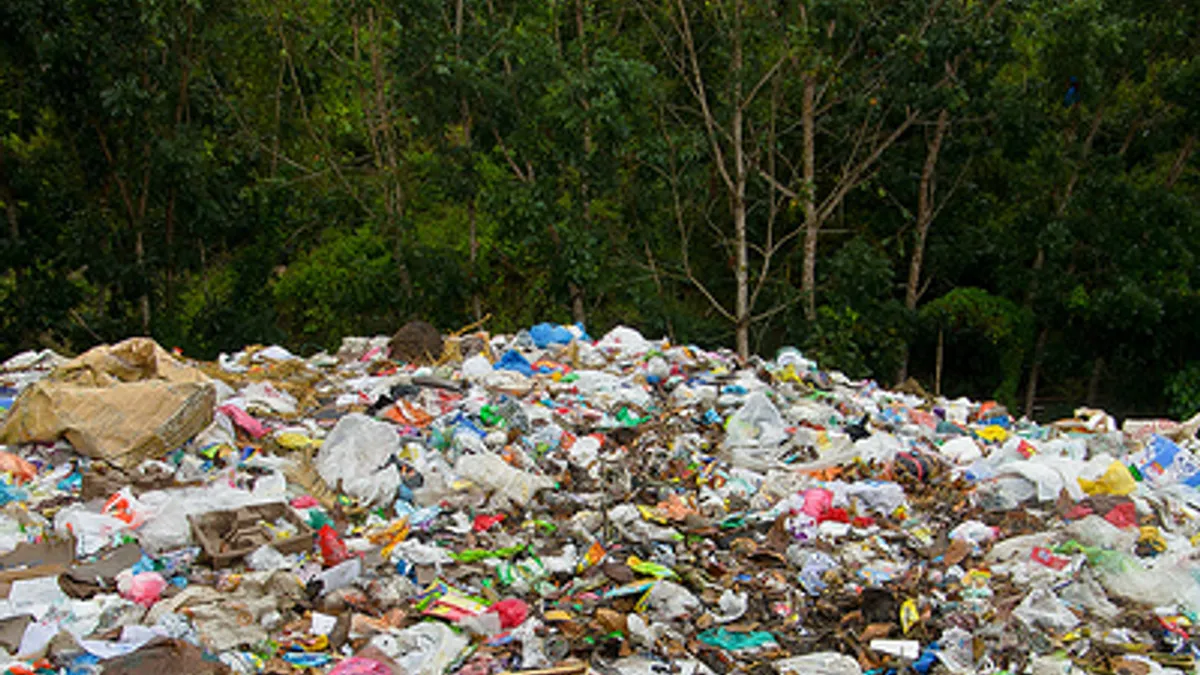One of the world's largest open-air landfills, a vast, seaside mountain of trash where thousands of people have made a living sorting through the debris by hand, will close this weekend after 34 years in malodorous service.
Long a symbol of ill-conceived urban planning and environmental negligence, Rio de Janeiro's Jardim Gramacho dump is being transformed into a vast facility that will harness the greenhouse gases generated by the rotting rubbish and turn them into fuel capable of heating homes and powering cars. Environmentalists had blamed Gramacho for the high levels of pollution in Rio's once pristine Guanabara Bay, where tons of run-off from the garbage had leaked.
Less clear is what will happen to the more than 1,700 people who worked at the site, scaling hills of fresh, fly- and vulture-covered trash to pluck recyclable plastic, paper and metal from the 9,000 tons of debris once dumped there daily. Known as "catadores" in Portuguese, the trash pickers will receive a lump-sum payout from the city, but there's no place for them at Gramacho's replacement, the high-tech Seropedica dump, where most of the Marvelous City's garbage is already being sent.
In the works for years, Gramacho's closure was postponed several times, and was slated to finally take place just weeks before the United Nations' Rio+20 megaconference on sustainable development here. It also comes as the city gears up to host the 2014 World Cup soccer tournament and the 2016 Olympics....














